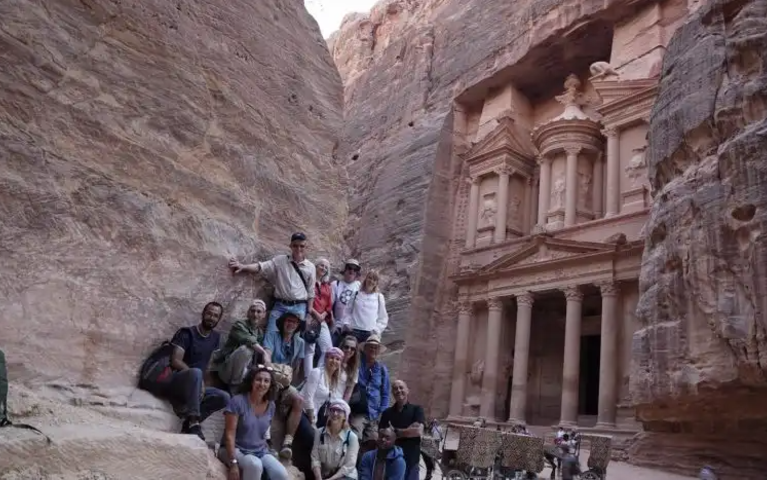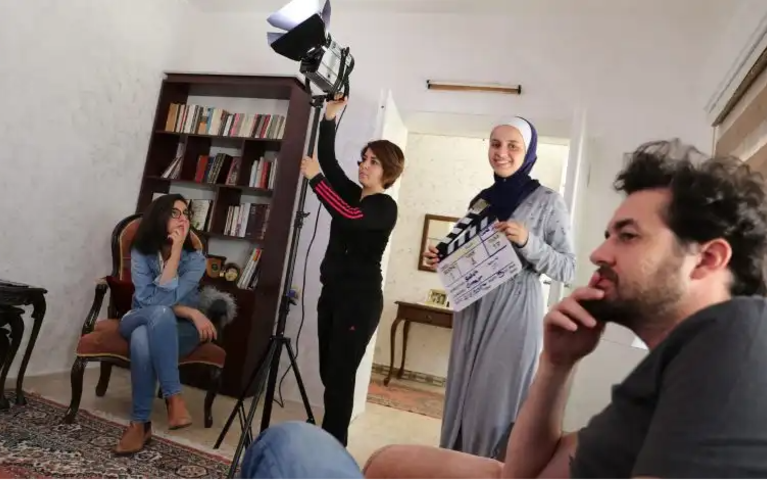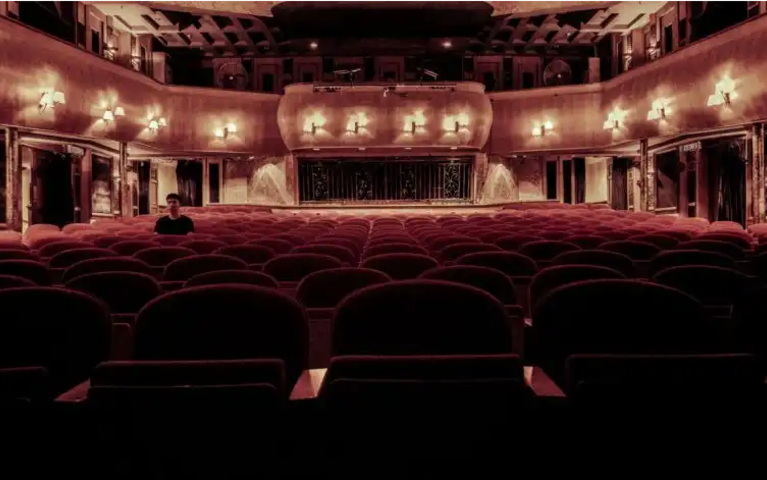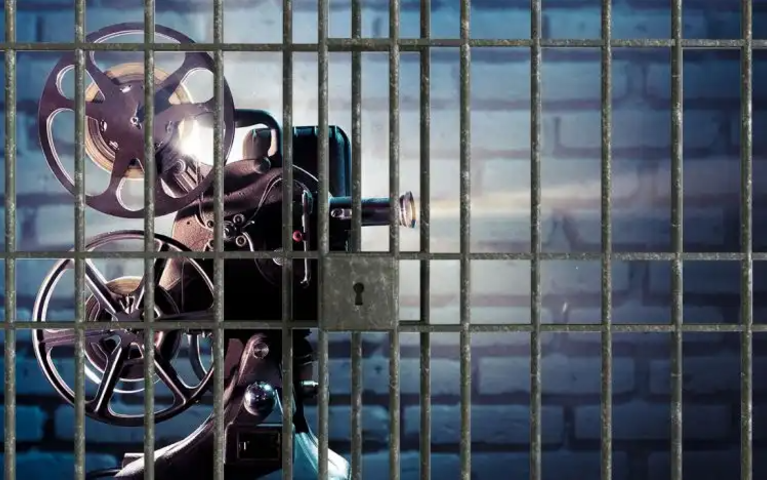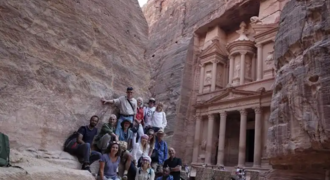Madaba: from Biblical maps to modern cinema
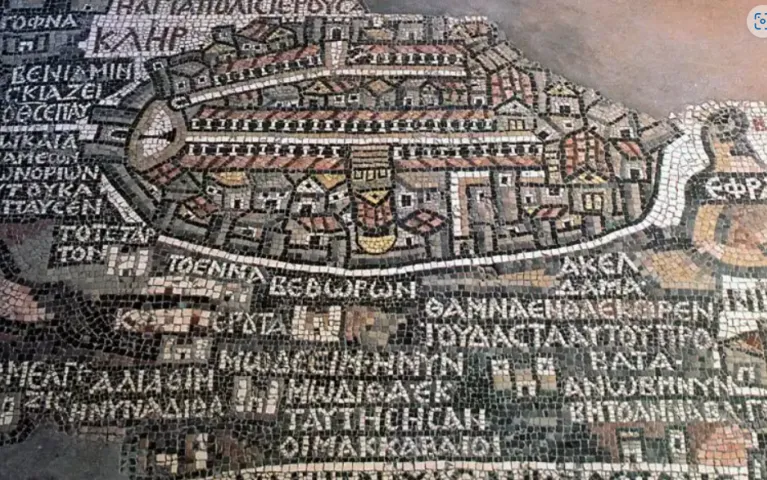
Here it is, lying on the floor almost under your feet. A fantastic vivid mosaic that makes you jump back 1400 years in time. A treasure of old Christianity, the Madaba Mosaic Map is the world’s oldest known geographic floor mosaic in existence, giving a glimpse of the Middle East during biblical times.
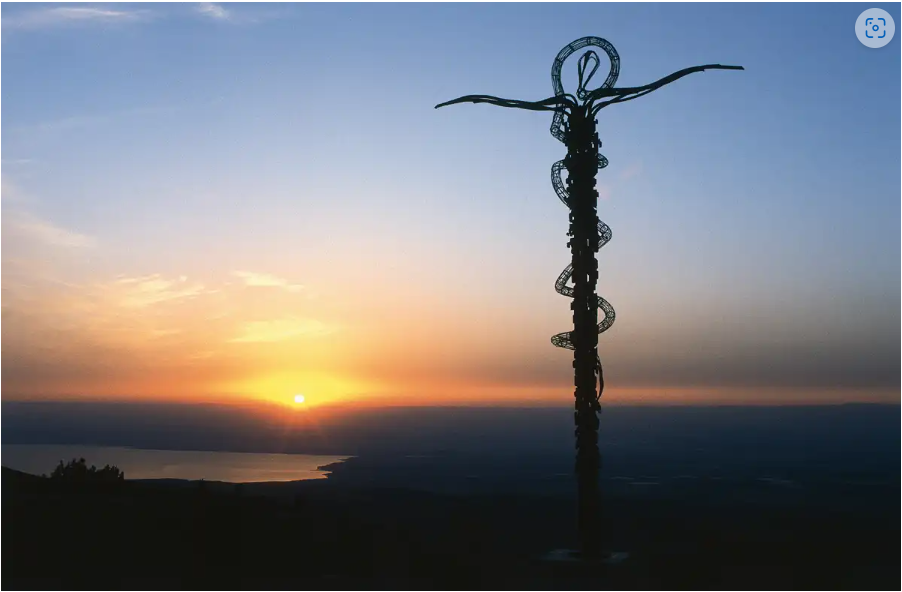
Drive only a few kilometers to Mount Nebo and you can picture yourself standing where Moses is said to have first looked at the Land of Canaan, the Promised Land, with a sweeping view on the Dead Sea and Palestine. Jericho is just in front of you and Jerusalem can be seen on a clear day. On top of the Mount, the remains of a Byzantine Church constructed in the second half of the 4th century commemorates the place of Moses’ death.
The Dolmen of Wadi Jideid in al Fayhaa, located 10 kilometers away from the city center of Madaba, is an impressive dolmen field. These megalithic stone tombs have always captured the minds of archaeologists, and are a striking feature in the landscape of Jordan.
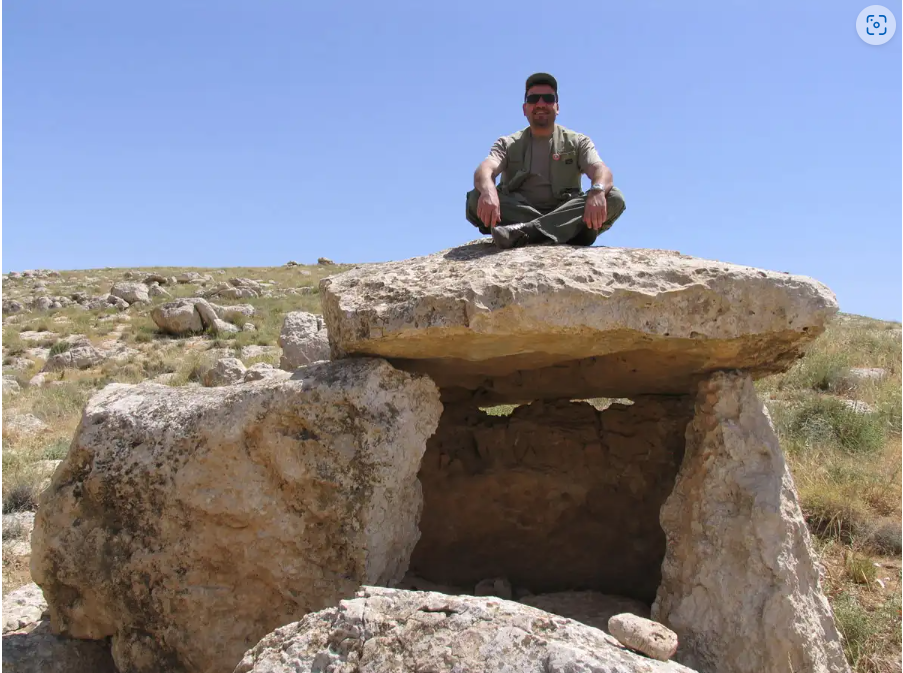
The whole area close to Madaba, with some of the most revered holy sites, is inspiring by its biblical feel, by a spirituality that sinks into you. Less than an hour away from Madaba, by the Jordan River, you stand right where John baptized Jesus and where he met five of his disciples. The Baptism site, known as Bethany in Biblical times, is one of the most important places of Christian pilgrimage.
Then there is Mukawir (Machaerus), south of Madaba, the hilltop stronghold of Herod the Great overlooking the Dead Sea and the distant hills of Palestine. Upon Herod’s death, his son Herod Antipas inherited the fortress and it is from there that he ordered John the Baptist to be beheaded after Salome’s fateful dance. The top of Mount Mukawir overlooks a breathtaking view of the Dead Sea, especially at sunset.
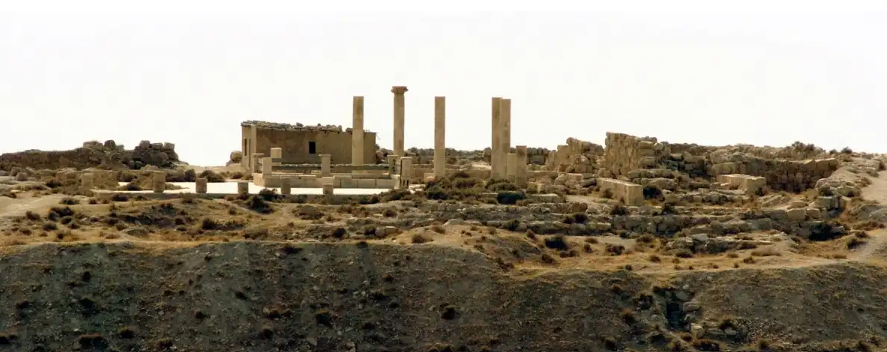
History – with a big H – comes alive in Madaba and its surroundings. Madaba dates from the Middle Bronze Age. It was mentioned in the Bible, as Medeba. It has changed hands frequently since then: the Moabites (9th century BC), the Nabateans (1st century AD), then the Roman and Byzantine empires (2nd to 7th century AD), the Umayyad Caliphate, the Mamluk period, the Persians… until a terrible earthquake ruined it completely in 747 AD. It was then abandoned for over a thousand years, and came back to life around 1880, when a few Christian tribes from Karak (100 kms south of Amman) settled there.
An amiable market town, Madaba, known as the City of Mosaics, is half an hour from the Capital Amman. Underneath almost every house lies a fine Byzantine mosaic. Still nothing compares to the wonderful mosaic map in the Greek Orthodox church of Saint George, made of two million tiny coloured tiles and depicting the entire region from Lebanon, Jordan and Palestine to the delta of the Nile, with a detailed representation of Jerusalem. The craftsmen who did it in 570 AD had certainly a vision of continuity crossing geographic regions and borders, picturing hills and towns, with a unique plan of Jerusalem at its center.
Today there are over 100,000 inhabitants in Madaba. The town hosts a large number of refugees, including a Palestinian camp established in 1956 with some 6,000 Palestinian refugees. And more recently, thousands of Syrian refugees have found refuge in Madaba and its surroundings, in addition to hundreds of Iraqi families since 2003.
Numereous documentaries have been inspired by and taken advantage of the incredible number of ancient sites in such a small area and the amazing views on the Dead Sea. In addition, many major narratives have shot in Madaba and its vicinity and not only for its historical significance. Just to name a few: the Oscar-awarded “The Hurt Locker” by Kathryn Bigelow, “Brothers” by Hanro Snitsman, “In the Mouth of the Shark” by Emmanuel Hamon, “Sergio” by “James Mcteigue and “A Private war” by Matthew Heineman.
George Isaac is an online editor and marketing specialist at The Royal Film Commission – Jordan.

